Blimp U.S. Navy K-Ship
Production Time 9 to 10 weeks
Shipment is by FedEx, UPS or DHL International Express Courier with a normal door-to-door delivery time worldwide of within 2-3 business days after dispatch. Due to the current volatility of world fuel prices, the amount mentioned here is our best estimate for DHL and UPS and may be subject to change at the time of shipping.

Model Description: Blimp U.S. Navy K-Ship Wood Replica Scale Custom Model Airship
Manufacturer: Goodyear-Zeppelin and Goodyear Aircraft Corporation
Wingspan: 3.2 Inches (8.1 Centimeters)
Scale: 1:216
$239.50
Production Time 9 to 10 weeks
-
United States dollar ($)
-
Pound sterling (£)
-
Euro (€)
-
Australian dollar ($)
-
Canadian dollar ($)
-
Singapore dollar ($)
-
Swiss franc (CHF)
-
Japanese yen (¥)
-
Danish krone (kr.)
-
Hong Kong dollar ($)
-
Norwegian krone (kr)
-
Swedish krona (kr)
-
United Arab Emirates dirham (د.إ)
General Product Description
Our PlaneArts Blimp U.S. Navy K-Ship model exhibits unique, unrivaled quality and detailed design to come as close as possible to the accuracy of the actual airship. It comes as standard with a robust, durable base or stand which is available in a variety of different finishes designed to match your own personal requirements including solid wood, wood with polished metal supports or adjustable wood wall mount and will be ready within about 9-10 weeks from placement of order.
The Blimp U.S. Navy K-Ship is made of the finest kiln dried renewable mahogany wood (commonly known as Lauan or Meranti) which has undergone many stages of carving and meticulous and careful sanding giving the beautiful, finished museum quality masterpiece. Many collectors and model connoisseurs demonstrate their preference for genuine handmade and hand painted mahogany wood models rather than plastic or die cast (diecast) alternatives due to the overall look and totally different feel of the item - we trust you will find the same. We can however, if required produce the same model in Solid Cast Resin so just click and contact us for further information. Our craftsmen and gifted artisans ensure that our finely handcrafted model airplanes match the precise blueprint details of the original aircraft. The paint scheme, markings and parts are closely matched, reflecting the original aircraft. This stylish top-quality desktop replica model will surely enthrall anyone who receives this as a gift and for sure one of the most appropriate and desirably collectable gifts for any aviation enthusiast and avid airship, blimp or dirigible collector whilst also displaying a perfect resemblance to the actual real life version.
If you require we can also make the Blimp U.S. Navy K-Ship model in any other airline, private livery or colour scheme you require and if necessary in a different size or scale. Just click here to contact us with a description or photographs of what you require and we will let you have a quotation for the necessary customization by return email. We can also make bespoke scale replicas of any other private / civil commercial airliner or airliners, helicopter, glider, gliders with engines, military jet, warplane jets, propeller warplanes, biplane, triplane, tail fin, spacecraft, rocket or NASA model you require in any airline, military or civilian livery or colors. We also produce boat and ship collectibles. Wall plaque or seal for military, government or private customers. Again by clicking here to contact us just let us know exactly what you need.
The K-Class: The U.S. Navy’s Airborne Sentinels of the Sea
In the annals of military history, the blimps of the U.S. Navy’s K-class hold a distinctive place. These airships, employed extensively during World War II, were not just a testament to the innovative spirit of the era but also crucial assets in the battle against submarine threats in the Atlantic and Pacific theaters. The K-ships, as they were colloquially known, combined the endurance of naval vessels with the agility and perspective of aircraft, creating a unique hybrid that proved essential in the United States’ multifaceted war effort.
Origins and Development
The K-class blimps were developed in the late 1930s and early 1940s, a period marked by rapid advancements in aviation technology and the looming threat of global conflict. Recognizing the potential of airships for long-duration patrols and anti-submarine warfare (ASW), the U.S. Navy commissioned the Goodyear Aircraft Corporation to produce a fleet of these specialized blimps. The design focused on endurance, range, and versatility, enabling them to escort convoys, perform reconnaissance missions, and engage enemy submarines.
Design and Capabilities
Each K-ship was an impressive feat of engineering. Measuring over 250 feet in length and powered by two Pratt & Whitney radial engines, these airships could maintain a steady patrol speed of around 50 knots, with a range exceeding 2,000 miles. They were equipped with magnetic anomaly detection (MAD) gear to locate submerged submarines, and their armaments included depth charges and machine guns, making them formidable foes against underwater and surface threats.
The gondola, or control car, housed the crew, which typically numbered between 10 and 14 members. This included pilots, navigators, engineers, and sonar operators, all working in concert to maximize the effectiveness of their missions. The K-class blimps also featured a unique capability: the ability to deploy and retrieve a “spy basket,” a small observation platform that could be lowered beneath the cloud cover or fog for better visibility over the sea surface.
Operational History
Throughout World War II, K-class blimps were deployed in both the Atlantic and Pacific Oceans, where they performed a variety of roles. Their most significant contribution was in anti-submarine warfare, where they excelled thanks to their ability to hover over suspected submarine locations, dropping depth charges with precision or guiding surface ships and aircraft to the target.
Their endurance allowed for extended patrols over convoys, providing a deterrent to submarine attacks and significantly reducing losses during critical supply operations. The psychological impact of their presence should not be underestimated, as they were a constant reminder to enemy submarines that they were being hunted, forcing them to operate with greater caution and often deterring them from attacking.
Legacy
The K-class blimps served with distinction throughout the war and into the early Cold War period, after which advances in aviation technology and changes in military strategy led to their gradual phasing out. However, the legacy of these airships endures. They demonstrated the value of lighter-than-air craft for surveillance and ASW operations, a concept that has seen a resurgence in recent years with modern airships and unmanned aerial vehicles (UAVs).
Moreover, the operational records and experiences of the K-ship crews have contributed valuable lessons to military tactics and technology development, influencing subsequent generations of aerial and maritime assets. Today, the K-class blimps are remembered not only for their wartime achievements but also for their role in pioneering the multi-domain awareness and precision engagement strategies that are hallmarks of contemporary military operations.
As we reflect on the contributions of the U.S. Navy’s K-class blimps, it’s clear that these airborne sentinels of the sea left an indelible mark on the history of naval warfare, embodying innovation, courage, and a relentless pursuit of victory.
| Weight | 6 kg |
|---|---|
| Dimensions | 14 × 3.2 in |


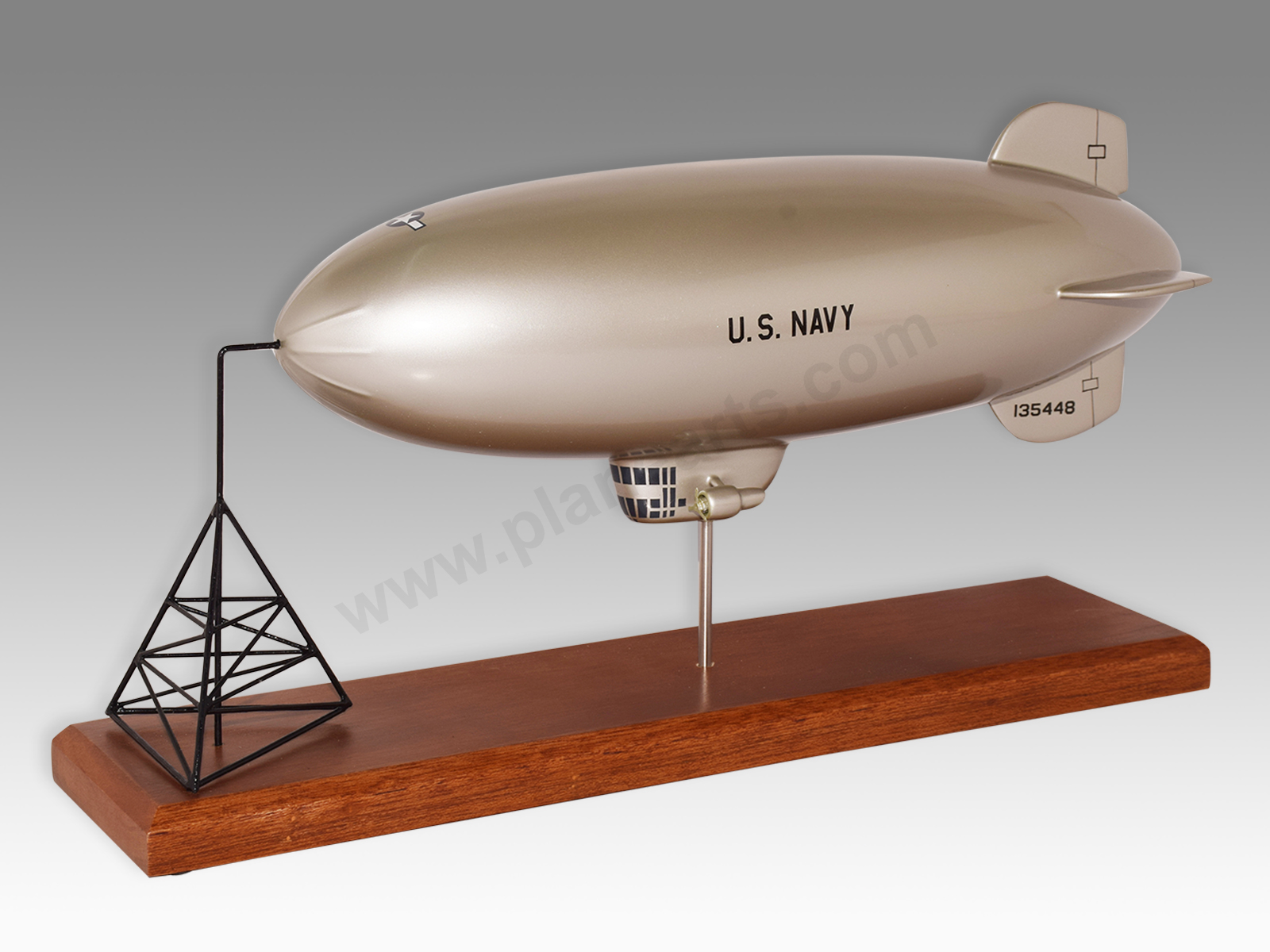
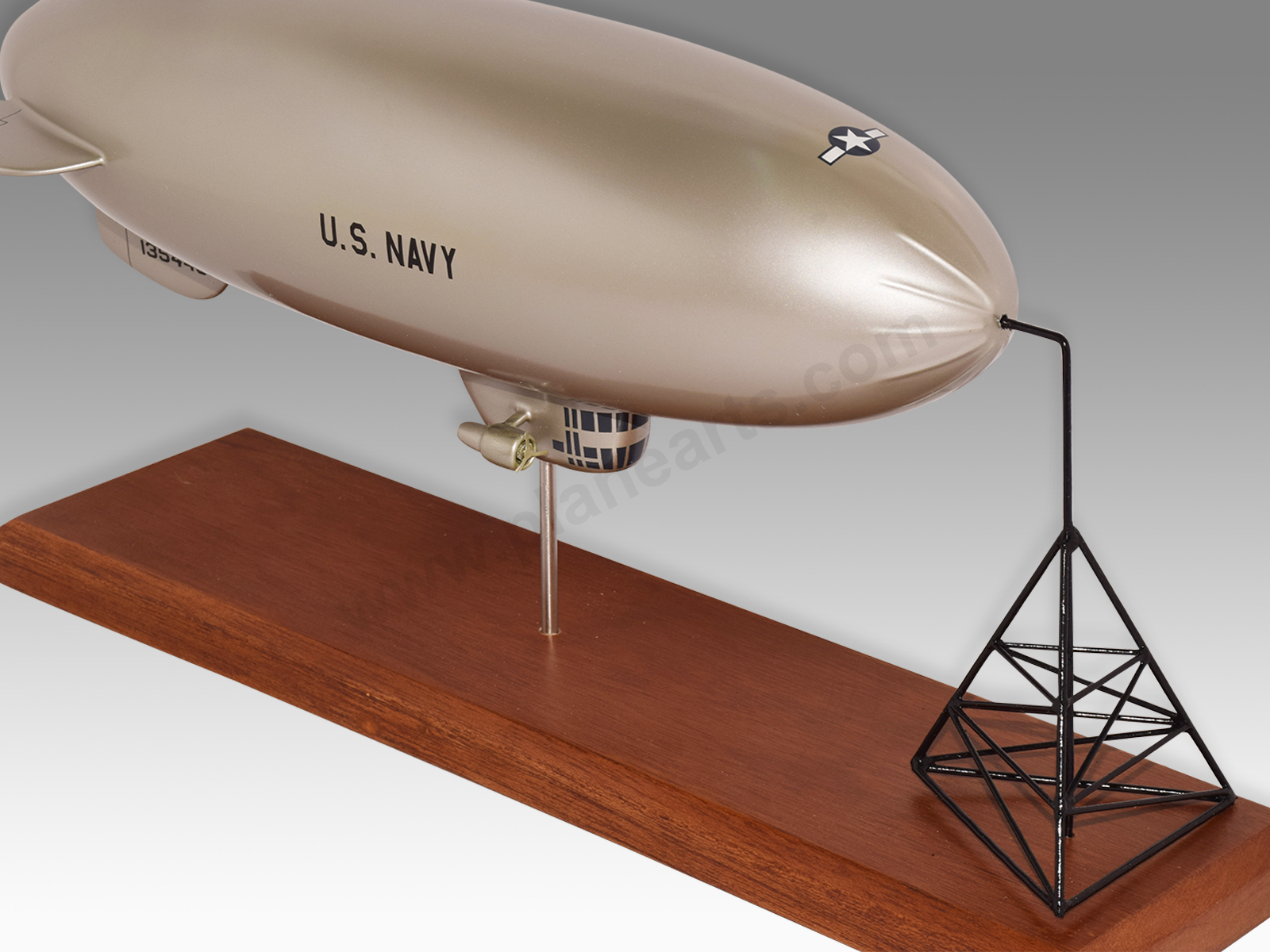
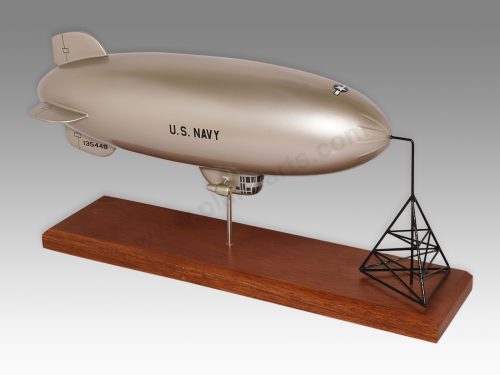
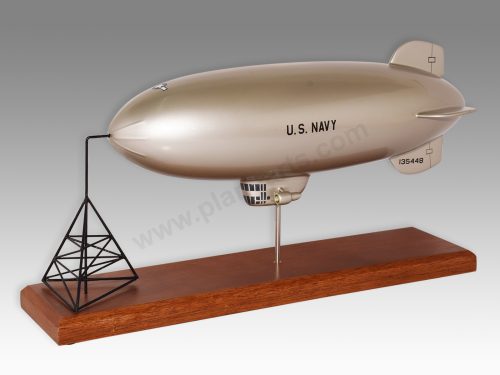
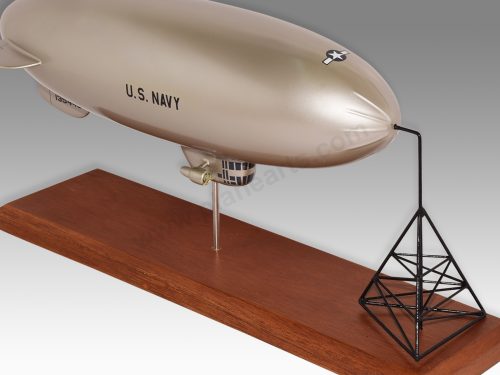
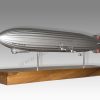
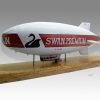
Reviews
There are no reviews yet.